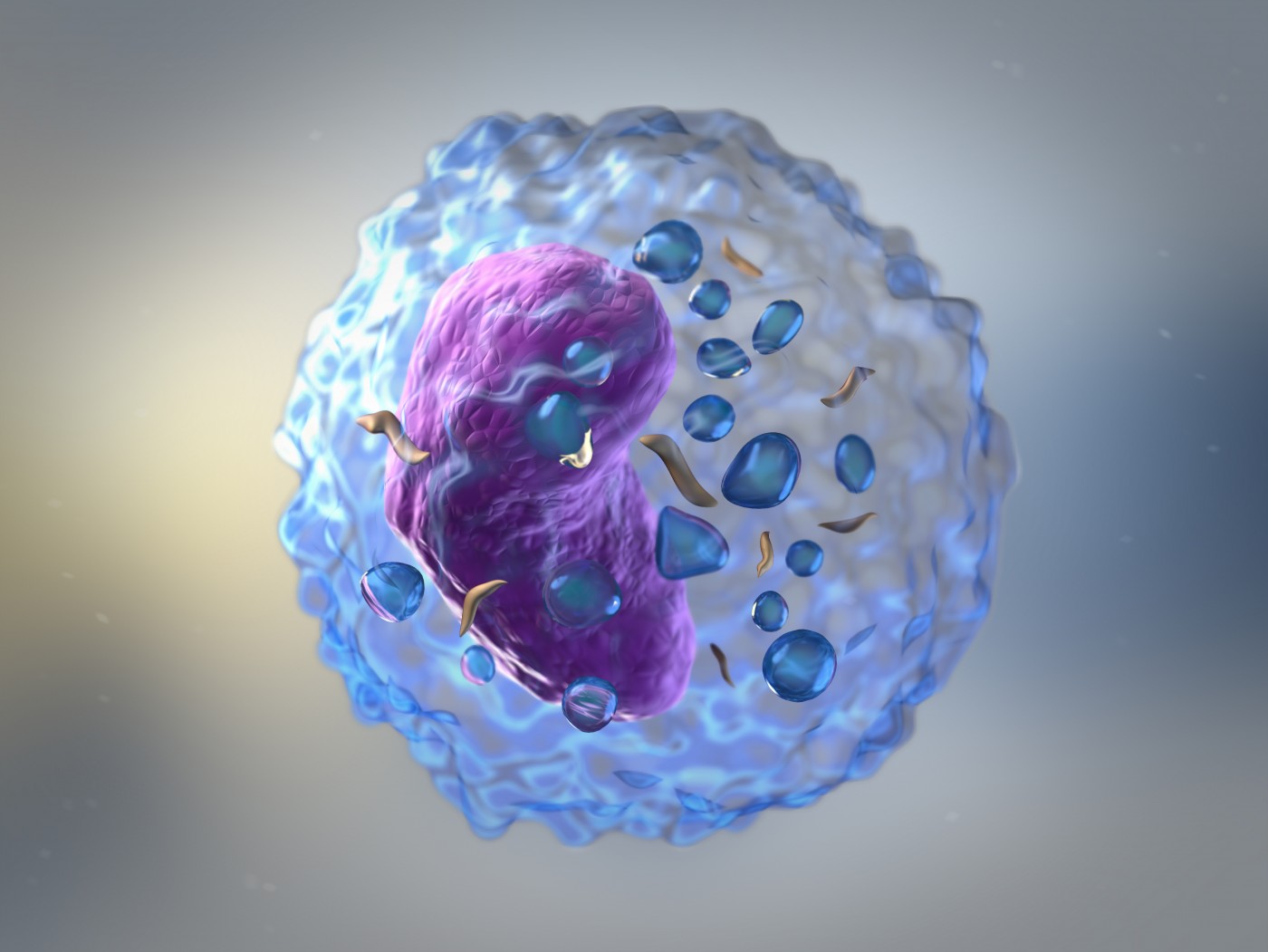Compounds Similar to Flupirtine Seem Promising for the Treatment of Batten Disease, Study Reports

Chemical compounds similar to flupirtine can effectively prevent cell death in Batten disease patient-derived cell lines, a study reports.
These findings provide the first preclinical evidence pointing toward the therapeutic effects of such compounds and could be the first step in establishing potential treatments for Batten disease in both animal models and patients.
The study, “Flupirtine derivatives as potential treatment for the neuronal ceroid lipofuscinoses,” was published in Annals of Clinical and Translational Neurology.
Neuronal ceroid lipofuscinoses (NCLs), also known as Batten disease, comprise five childhood genetic neurodegenerative disorders with a range of symptoms, including vision loss, lack of motor coordination, and impaired cognition.
These conditions can be caused by mutations in 14 different genes (CLN1 to CLN14), that lead to the accumulation of toxic insoluble waste deposits, called lipofuscins, inside cells.
Increased neuron cell death and high levels of ceramide in the brain — one of the major types of fat molecules (lipids) that form cells’ membranes — are typically considered hallmarks of disease.
In the past few years, scientists have attempted to find therapeutic candidates that can reduce nerve cell death — promoting their growth and proliferation — and lower ceramide levels in the brain.
Flupirtine could be one such candidate. The analgesic can protect neurons from premature death by increasing the expression of the cell death suppressor gene BCL-2.
In this study, researchers tested the efficacy of three compounds derived from flupirtine to reduce ceramide production and cell death in neuron precursor cells (called PC12) and in several human NCL cell lines cultured in a lab dish.
To evaluate the compound’s potential therapeutic effects under disease conditions, investigators genetically silenced CLN3 in PC12 cells and used different cell lines of patient-derived lymphoblasts lacking either CLN1, CLN2, CLN3, CLN6 or CLN8.
Lymphoblasts are immature cells that can develop into a mature lymphocyte of the immune system, either a T or B cell.
Ceramide levels were measured before and after treatment in patient-derived lymphoblasts. The expression of the BCL-2 gene, levels of ceramide production enzymes (CERS2, CERS6, SMPD1 and DEGS2) and cell death regulatory enzymes (Caspase 3, 8 and 9) were evaluated in PC12 cells without the CLN3 gene, either treated or not with the different flupirtine derivative compounds. Flupirtine treatment was used as a reference control.
All three compounds tested prevented premature cell death in PC12 cells lacking CLN3 and restored the equilibrium between cell growth and death in all patient-derived lymphoblast cell lines. One of the compounds even surpassed the cell death suppressor effects of flupirtine.
Moreover, all compounds lowered ceramide levels in CLN1, CLN2, CLN3, CLN6, and CLN8-deficient patient-derived lymphoblasts.
Treatment with two of the compounds significantly increased the expression of BCL-2 and simultaneously decreased the levels of ceramide production enzymes, as well as cell death regulatory enzymes in PC12 cells lacking CLN3.
Altogether, these findings suggest that these compounds can become promising candidates for the treatment of several forms of Batten disease, and should be evaluated in more depth in future preclinical studies and, eventually, in clinical trials.
“These experiments serve as preclinical assays for potential use of [flupirtine derivatives] to treat CLN3 disease and these CLN1/2/6/8 diseases in animal models and humans. Alteration in
BCL-2/ceramide synthesis enzyme expression levels supports that flupirtine analogues impact the ceramide synthesis pathway. Future experiments in [mice models of disease] will shed further light on the role of [these] derivatives in treatment of NCL disease variants,” researchers concluded.





